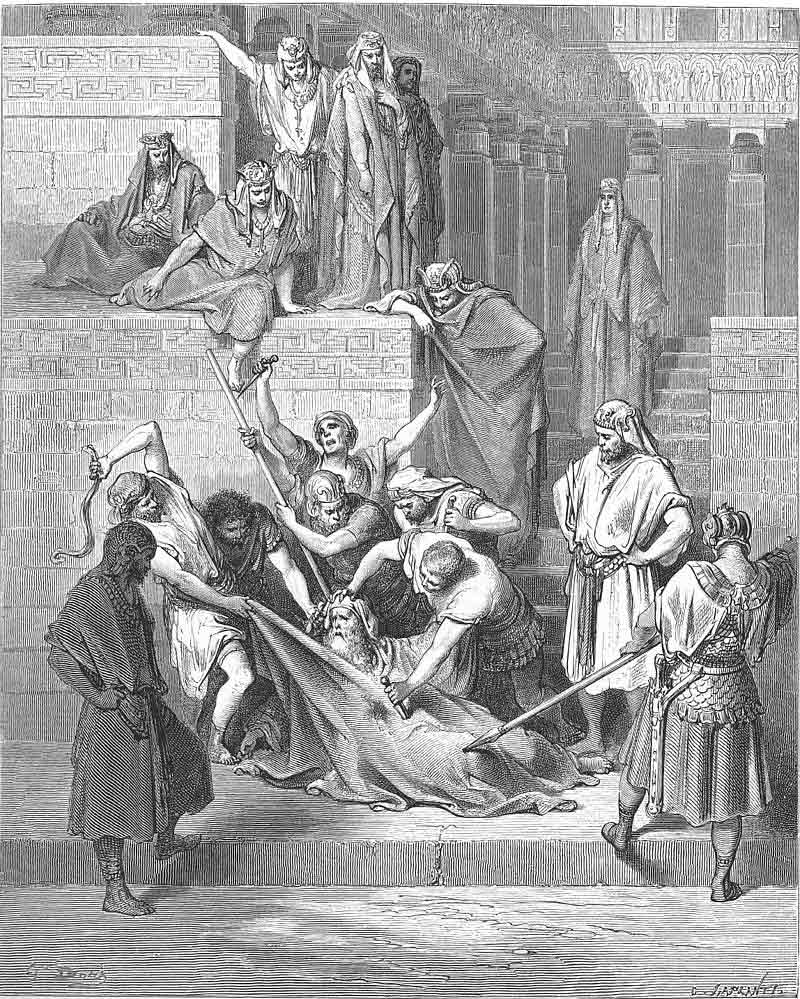Israeli architect Arieh Sharon added about 180 experts from the various fields like town planning, housing construction, architecture, finance, etc. to his team and with their assistance designed the ‘National Outline Plan’. It proved to be the ‘master plan’ for infrastructure development in Israel.
The master plan primarily aimed at – reducing the clogging of the settlements that had unorderly mushroomed during the rehabilitation of the large hordes of the Jewish immigrants, which arrived after Israel gained independence. The cluttering had mainly taken place in the form of Ma’abaras that had sprung up around the three big cities of Tel Aviv, Jerusalem and Haifa. The master plan intended to resettle its inhabitants equally across Israel. (The Ma’abarot or the Ma’abaras were the encampments of tents or tin houses provided on an urgent basis to the Jewish immigrants). For this, taking into consideration the geographic and other peculiarities, the entire country was made into zones. Based on this activity of ‘zoning’, the mid-sized ‘development towns’ had to be created. They would balance the distribution of the population and also keep the connection between the over-populated metros and the desolate rural areas.
The ‘master plan’ proposed creation of 30 such ‘development towns’ across Israel. In Tel Aviv, Arieh Sharon had already successfully used the international styling in constructing the multistoried buildings made of concrete blocks. Thus, with a view to accommodate a maximum number of people in a limited space, the same style of architecture was to be used. However, the ‘development towns’ were not just to be the facilities of housing, but had to have arrangements for the employment of their inhabitants as well. Moreover, with an aim to make the towns self-sustaining, they had to be equipped with markets, entertainment places, education facilities for children, etc.
Israel, as a country, has a vastly varying topography. A nation spread over an area of just 20-21 thousand square kilometres has mountain ranges and seashores as well as wetlands and deserts. The region to the north is mountainous and has enough rains and water, some mountain peaks are, in fact, snowclad while the area to the south is an arid desert.

These extreme geographic differences had to be considered while building of the ‘development towns’. Agriculture was to be the main occupation at the places with abundant rainfall or with sufficient water resources. On the other hand, at other places, industrialization and the creation of employment in the service sector had to be the focus. However, for the creation of jobs for the people at the local level itself, every development town was to be equipped with an ‘industrial estate’.
Jewish immigrants to be settled in the development towns had come from different parts of the world. What they had got along with them was only their skills in various fields. As a result, if a particular group of the Jewish immigrants possessed any specific professional know-how, consideration to this skillset was to be given while rehabilitating them. For example, if a particular group had the expertise necessary for a specific industry, then their rehabilitation development town would have that certain industry and its ancillary activities.
The housing capacity of the development towns thus created was to be between 30 to 100 thousand people. Once the population exceeded 20 thousand, the town would get accorded the status of a ‘municipality’. These towns not only helped to settle the vast hordes of the Jewish immigrants that came after the independence but also accommodated the wave of the Jews who fled for Israel from the Republics of the Soviet Union after its disintegration in the 1990s.
Some of these towns had got developed from the Ma’abarot; some were created in the place of the Arab houses in their villages during the Israeli War of Independence while few were established from scratch in the Negev Desert.
The creation of these towns brought about a paradigm shift in the demographic map of Israel. The towns became the local hubs of employment, service sector, population, commerce, administration and military movements.

The coastal towns developed at a rapid pace. Towns in Galilee and the adjoining areas developed at a moderate speed while those in the Negev Desert saw a slow growth and development. The towns which achieved good financial progress and became financially, educationally, culturally and socially self-sustaining were no longer counted as development towns but got considered as self-sufficient cities.
In the north, the development towns in Galilee and the valley, like Upper Nazareth, Karmiel, etc. achieved sound development. Gradually, these towns too, got recognized as self-supported cities and attracted settlers to come and live in them. The abundant natural beauty of this mountainous region steadily led to the flourishing of the tourism industry, which further gave impetus to the growth of the hotel industry. In addition to tourism, the area saw the budding of modern businesses, high-tech companies and educational institutions. These businesses needed a workforce to function, and in the process, many villages came up in the neighbouring areas. People here undertook agriculture as an avocation.

Comparatively, the towns in the Negev Desert developed at a slower pace. Right from the beginning, the excavation of the raw materials and the minerals found in the Negev Mountains and the Dead Sea, and chemical production have been the primary sources of livelihood of the local residents. As the region has many places which attract archaeologists, ‘desert tourism’ has blossomed here in addition to the before-mentioned businesses. Moreover, many development towns here have become important transport hubs and centres for military services. Beersheba referred to as the ‘Capital of the Negev’, has developed into the main city that provides the other towns in the region with the necessary services and support. It houses the local administrative offices, educational centres, medical facilities and government services.
The development towns in the central part of Israel are distributed across a region blessed with the sea. As this area is geographically situated between Galilee and the adjoining areas of the north and the Negev Desert of the south, the people here are employed with several high-tech firms, financial centres, administrative services and organizations, and various services and amenities providers. The passing of the transport routes connecting the north with the south pass through central Israel has contributed to the fast progress of the development towns here.

In this way, the ‘development towns’ have proved to be a key milestone in the development of modern Israel. There might exist some shortcomings, but during the testing time when Israel was receiving thousands of Jewish immigrants from across the world, the Israeli government without turning back a single Jew did everything they could for them. Most importantly, it was based on the project of the development towns that the population which had begun building up and clogging in some particular areas of the country was settled across the nation and the industrialization was also spread across equally. Hence, one cannot forget that the project of the ‘development towns’ laid the foundation of the ‘developed’ Israel of today.(To be continued…)


















